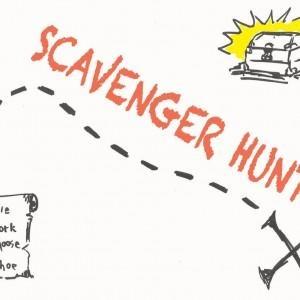Learning Media Objects
Welcome to Southern Oregon PBS Learning Media. Below is a collection of LearningMedia learning objects that Ben Garcia, our Teacher Ambassador with the PBS Teacher Community Program, has created via collaboration with local teachers, other stations, or local organizations using PBSLearningMedia.org.
The 120,000+ learning objects that are available at this site are: Lesson plans, educational videos, study guides, graphic organizers, galleries or collections (of plans, videos, images etc.) and audios (podcasts etc). Any teacher can create lesson plans via this website after they have created a profile. Teachers have five tools available to them: an interactive lesson builder tool, a quiz building tool, a class roster tool, a storyboard tool, and finally an interactive puzzle maker tool.
Station built lessons differ a little from teacher built lessons in that teacher plans have more of a slides type feel. These plans can be used in many ways such as flipping a classroom. To see an example of these two types of plans please select the giant rooster below, which is a station built plan that has a teacher built plan link inside of it. Also, any school, teacher, or organization can collaborate with us to publish their learning objects simply by contacting Ben Garcia at bgarcia@sopbs.org.
Collaboratively Built Learning Objects
This learning object is a simple scavenger hunt PDF handout that can be used by anyone interested in learning about what PBS LearningMedia has to offer.

The important skill of paraphrasing is initially interrogated in this upper elementary level lesson plan and eventually plans relating to summarizing and quoting will be added. Inside the plan there is a link to a teacher built equivalent of this plan, which is embedded in the first paragraph. As one can see from comparing a station built plan, and a teacher built plan, the latter is a bit more interactive.

This lesson plan is the opening salvo to a conversation about culture in a middle school classroom. It has a media gallery embedded in it, which consists of four JPEG/PDF images, can be used in a classroom while discussing surface culture and deep culture.
